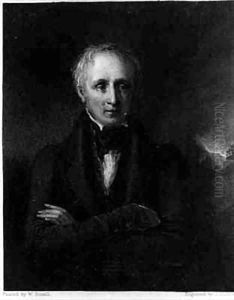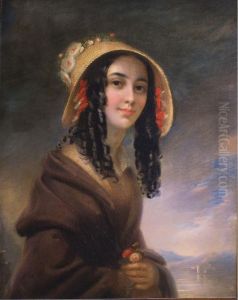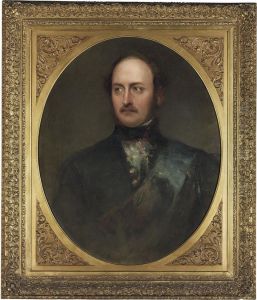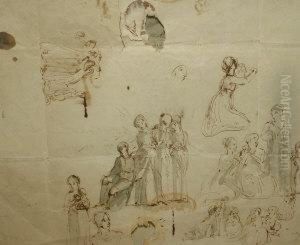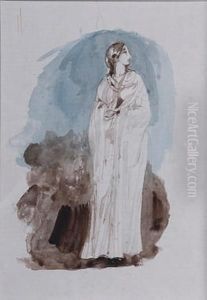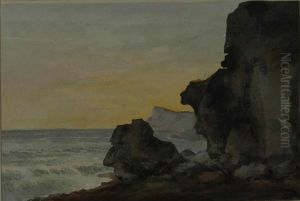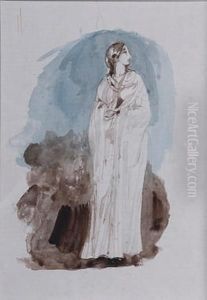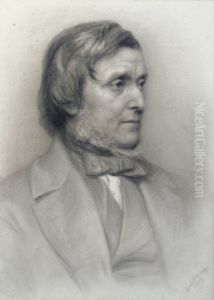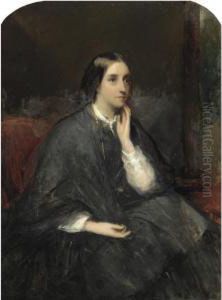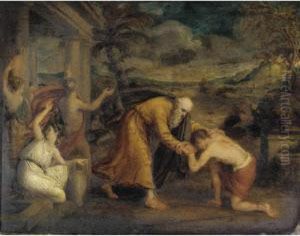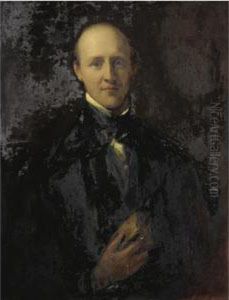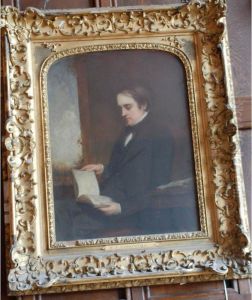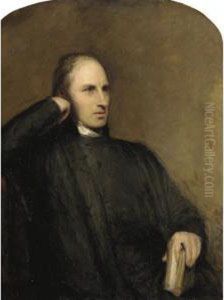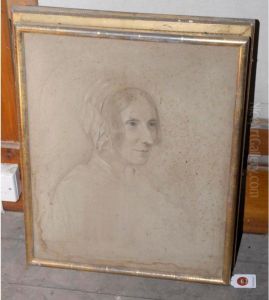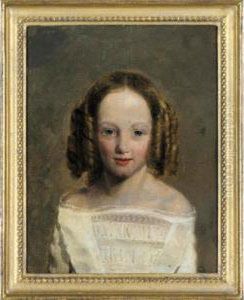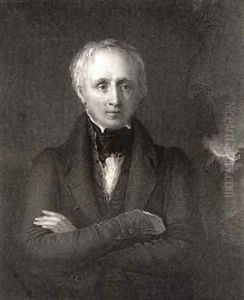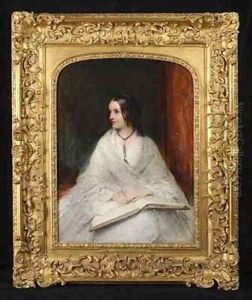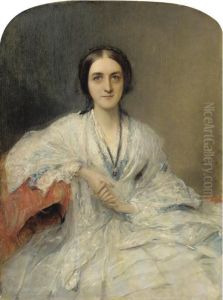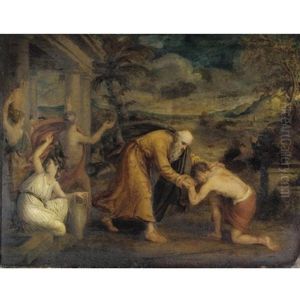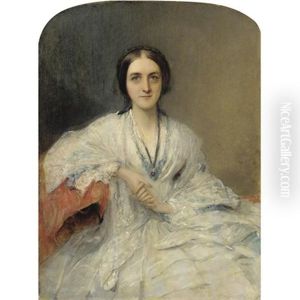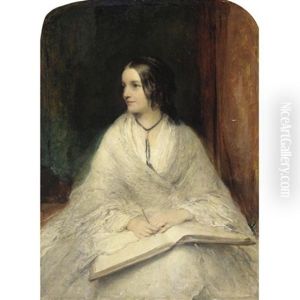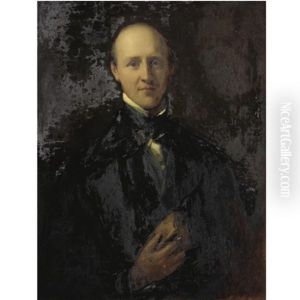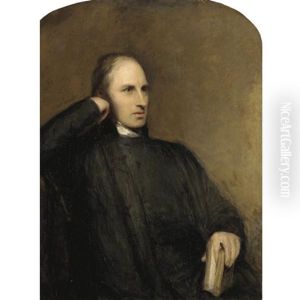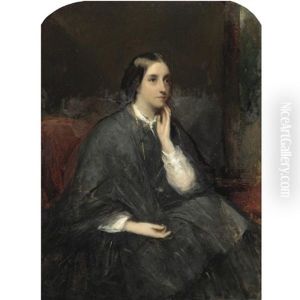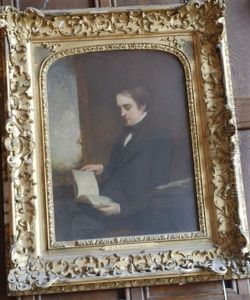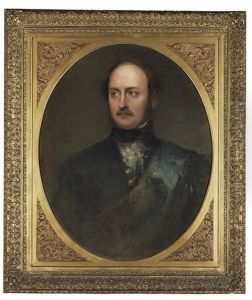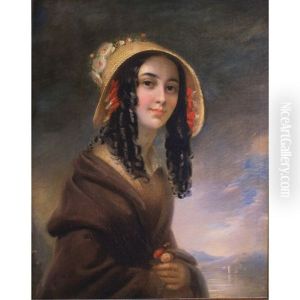William Boxall Paintings
Sir William Boxall RA was an eminent English painter and museum director, born in Oxford in the year 1800. Throughout his early life, Boxall developed a strong passion for the arts, which paved the way for his future career as a painter and an influential figure in the art world. He studied at the Royal Academy Schools, where he honed his skills and began to establish himself as a portrait painter. Boxall's work was characterized by its meticulous detail and the psychological depth he brought to his depictions of sitters. He traveled extensively in Italy, which greatly influenced his artistic style and broadened his exposure to Renaissance art.
In addition to his achievements as a painter, William Boxall's legacy is also notably marked by his role in the administration of art institutions. In 1866, he was appointed as the Director of the National Gallery in London, a position he held until his retirement in 1874. During his tenure, Boxall was instrumental in expanding the gallery's collection, acquiring significant works by artists such as Titian, Raphael, and Correggio, thereby enriching the cultural heritage accessible to the British public. He was also committed to the improvement of the gallery's facilities, advocating for the construction of new spaces that would better accommodate the growing collection and enhance the visitor experience.
Boxall's contributions to the art world were recognized in his lifetime; he was elected as an Associate of the Royal Academy in 1851 and became a full Royal Academician in 1863. His knighthood in 1867 was a testament to his significant impact on the arts in Britain. Despite his administrative responsibilities, Boxall continued to paint, though his output decreased in later years. His portraits remain highly regarded for their insight into the character and status of his subjects.
Sir William Boxall passed away in 1879, leaving behind a legacy characterized by his dual contributions to British art: his own work as a skilled portraitist and his influential role in the curation and administration of one of the nation's most important cultural institutions. His tenure at the National Gallery is remembered for the pivotal decisions that helped shape the institution into the world-renowned gallery it is today.
